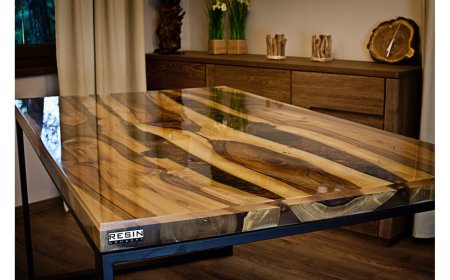Welding Gloves: Essential Protection for Every Welder
Welding is a powerful but hazardous task that exposes workers to extreme heat, sparks, spatter, UV radiation, and sharp metal edges. Thats why wearing the right protective gear is criticaland at the heart of this protection are welding gloves. Designed to safeguard hands from burns, cuts, and electric shock, welding gloves are a must-have for anyone involved in welding tasks, from hobbyists to industrial professionals.
In this article, well explore what welding gloves are, their types, materials, features, and how to choose the best pair for your specific welding needs.
What Are Welding Gloves?
Welding gloves are specialized protective gloves made to withstand the hazards of welding. They are designed to resist heat, flame, electrical shock, and mechanical injuries while allowing the welder to work efficiently and safely.
Depending on the welding processTIG, MIG, or Stick weldingdifferent gloves offer various levels of protection, dexterity, and comfort.
Types of Welding Gloves
There are three main types of welding gloves, each tailored for a specific welding method:
-
TIG (Tungsten Inert Gas) Welding Gloves
-
Made from thin, flexible leather (like goatskin or deerskin)
-
Emphasize precision and dexterity
-
Minimal padding to allow fine motor control
-
Used for delicate welding tasks
-
-
MIG (Metal Inert Gas) Welding Gloves
-
Made from thicker leather (like cowhide or pigskin)
-
Balanced between protection and flexibility
-
Offer heat and spatter resistance
-
Suitable for medium-duty welding applications
-
-
Stick Welding Gloves
-
Heaviest and most heat-resistant
-
Made from thick, durable leather such as cowhide or elk skin
-
Heavily lined with reinforced stitching
-
Provide maximum protection from sparks and molten metal
-
Common Materials Used
-
Goatskin: Soft, lightweight, excellent for dexterity (TIG welding)
-
Cowhide: Durable, heat-resistant, and common in heavy-duty gloves
-
Deerskin: Very soft and comfortable, used for light welding
-
Pigskin: Durable and resistant to moisture, good for rugged environments
-
Elkskin: Naturally heat-resistant and ideal for Stick welding
Key Features of High-Quality Welding Gloves
-
Heat and Flame Resistance
Gloves must withstand high temperatures without burning or melting. -
Durable Stitching
Kevlar thread is often used for stitching because it doesnt burn or melt. -
Extended Cuffs
Longer cuffs protect the wrists and forearms from sparks and heat. -
Comfort and Fit
A proper fit ensures better control and reduces hand fatigue during long welding sessions. -
Reinforcements
Reinforced palms, fingers, and knuckles extend glove life and add safety.
Why Welding Gloves Are Important
-
Prevent Burns and Injuries: Welding involves extreme heat and sparks that can cause serious burns. Gloves act as a protective barrier.
-
Enhance Grip and Control: Quality gloves improve grip on tools and materials.
-
Ensure Compliance: In industrial settings, using certified PPE like welding gloves is required by safety regulations (OSHA, ANSI).
-
Improve Efficiency: Comfortable gloves reduce fatigue and increase focus, leading to better welding results.
Choosing the Right Welding Gloves
-
Know Your Welding Type: Match glove type to your welding process (TIG, MIG, or Stick).
-
Check Material and Quality: Look for genuine leather, flame-resistant liners, and strong stitching.
-
Fit Matters: Gloves should fit snugly but not tightly. Poor fit can reduce safety and comfort.
-
Brand Reputation: Trusted brands include Lincoln Electric, Tillman, Miller, Revco, and ESAB.
Final Thoughts
Welding gloves are not optionaltheyre essential. Whether you're welding lightweight aluminum or heavy-duty steel structures, your hands face constant risk. Choosing the right gloves not only protects you but also enhances your welding performance.







































